In the early 16th century, the Spanish conquistador Juan Ponce de León embarked on a legendary quest that would echo through the annals of history. With a daring spirit of adventure, he sailed across the uncharted waters of the Atlantic in search of the elusive Fountain of Youth. This mythic spring, rumored to possess waters that could bestow eternal youth, captured the imaginations of explorers and dreamers alike. Although Ponce de León never discovered the fountain he sought, his voyage in 1513 brought him to the pristine shores of what is now known as St. Augustine, Florida.
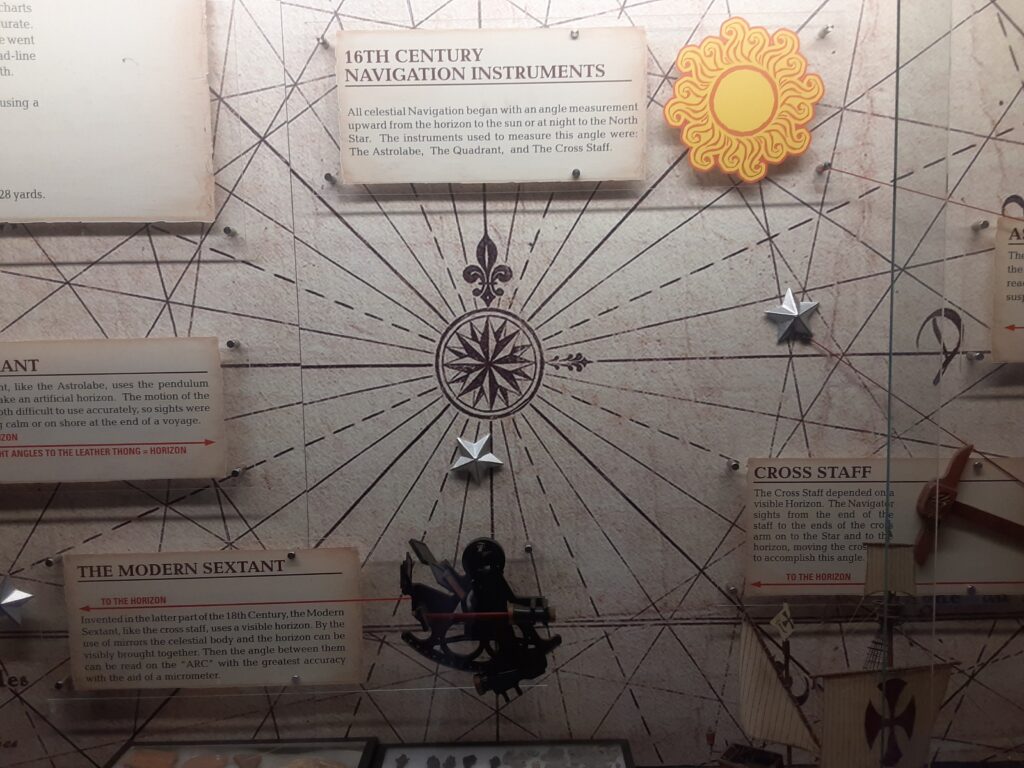
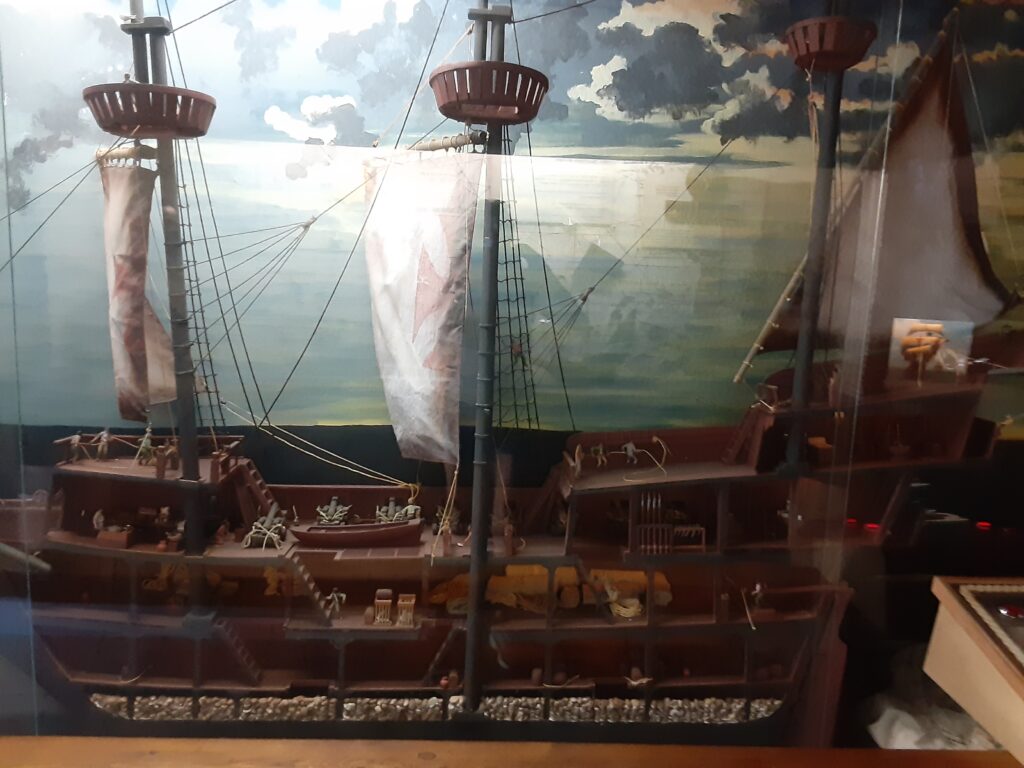
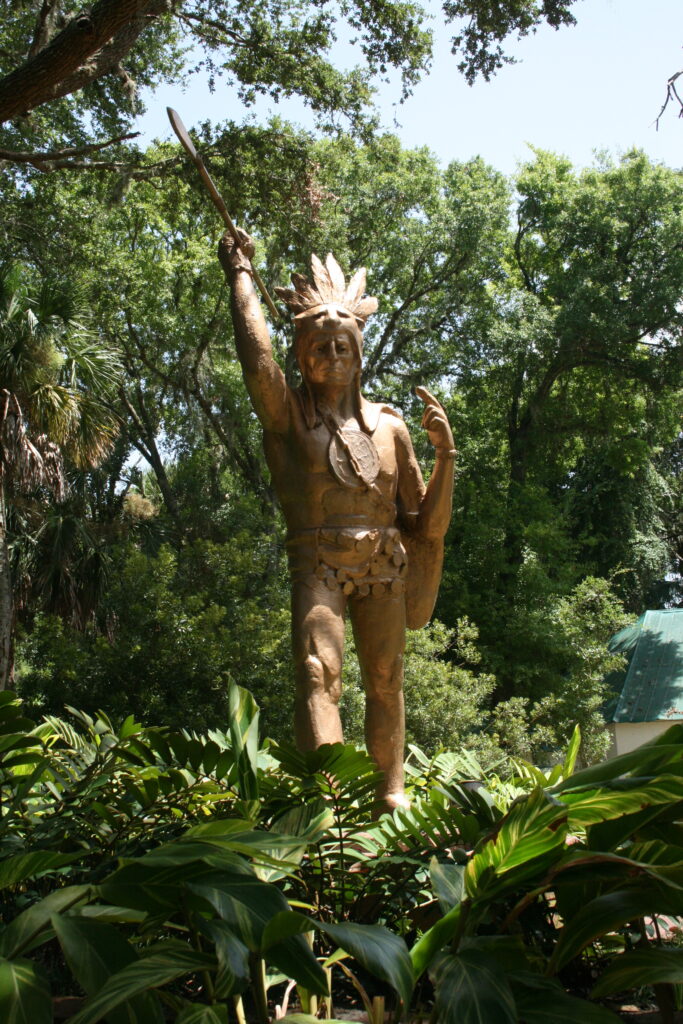
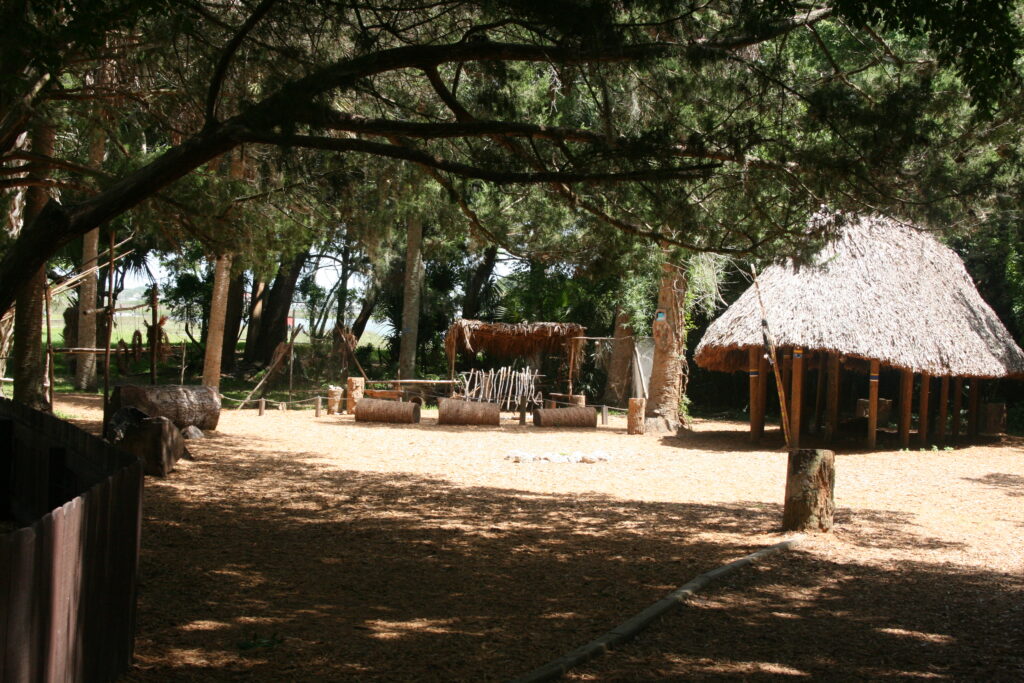
Ponce de León’s arrival on this verdant land, with its lush landscapes and tantalizing air of the unknown, marked the birth of European exploration in North America. It was a time when the edges of the known world dissolved into uncharted territories, where the very concept of “America” had not yet fully taken form. His expedition symbolized the audacity of the Age of Exploration, when brave souls dared to traverse the vast, unexplored ocean in search of new horizons.
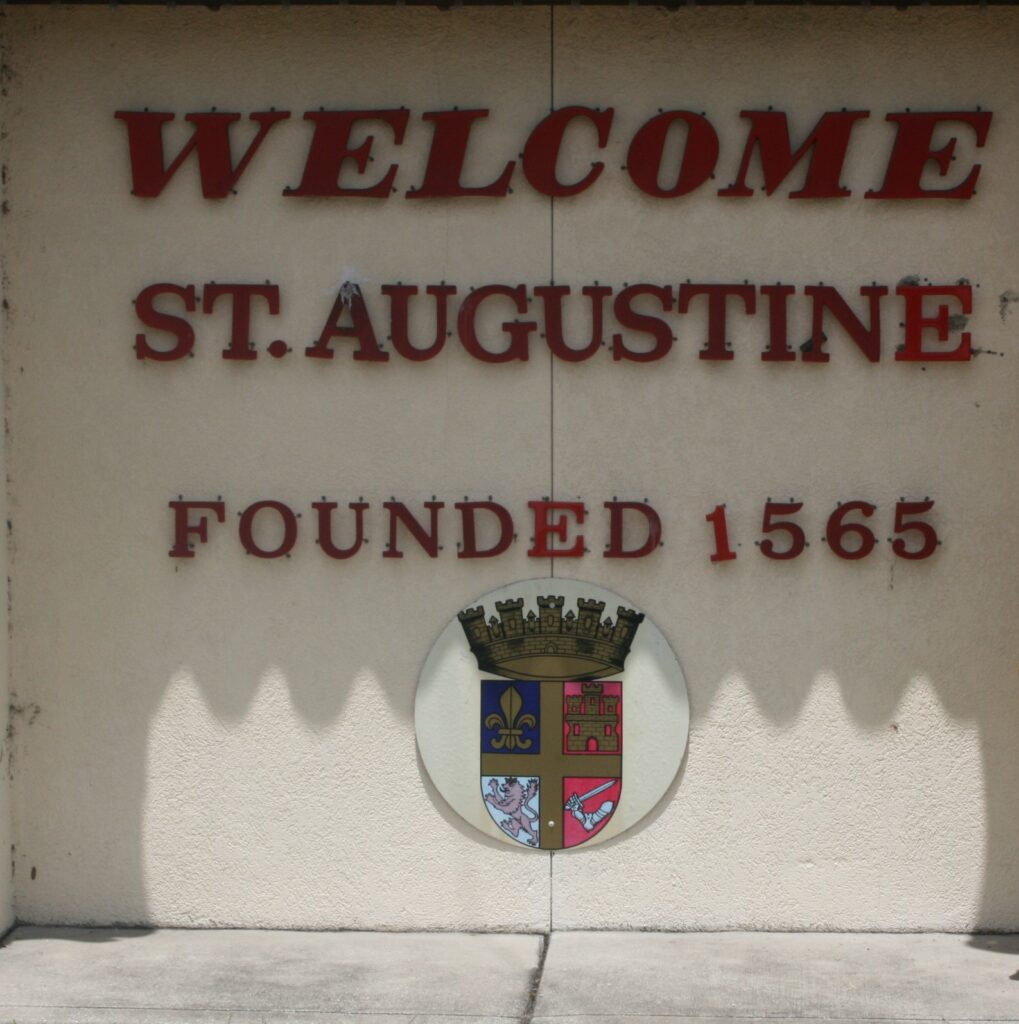
The echoes of this spirit of adventure still resonate in the salty sea breeze that sweeps through St. Augustine’s historic streets. Here, the thrill of discovery is not a distant memory but a living essence that saturates the very air. Visitors can’t help but be captivated by the allure of the unknown as they meander through this enchanting city, where each cobblestone is a witness to the audacity of Ponce de León and those who followed in his wake. Yet, St. Augustine’s allure extends far beyond the legendary quest of Ponce de León. Founded by the Spanish in 1565, this coastal city predates the more famous Jamestown, Virginia, and Plymouth, Massachusetts, settlements by several decades. It stands as not only the oldest city in the United States but also as the cradle of European settlement on the North American continent. The Spanish influence that permeates the city’s culture and architecture is a testament to this early colonial legacy. Wandering through the narrow, winding streets of the historic district, visitors are transported to a bygone era. The meticulously preserved Spanish-style buildings, adorned with wrought iron balconies and terracotta roofs, evoke the elegance of a time when Spain’s influence reached across the seas. Centuries-old forts, such as the iconic Castillo de San Marcos, stand as formidable sentinels, guarding the city’s history and heritage.
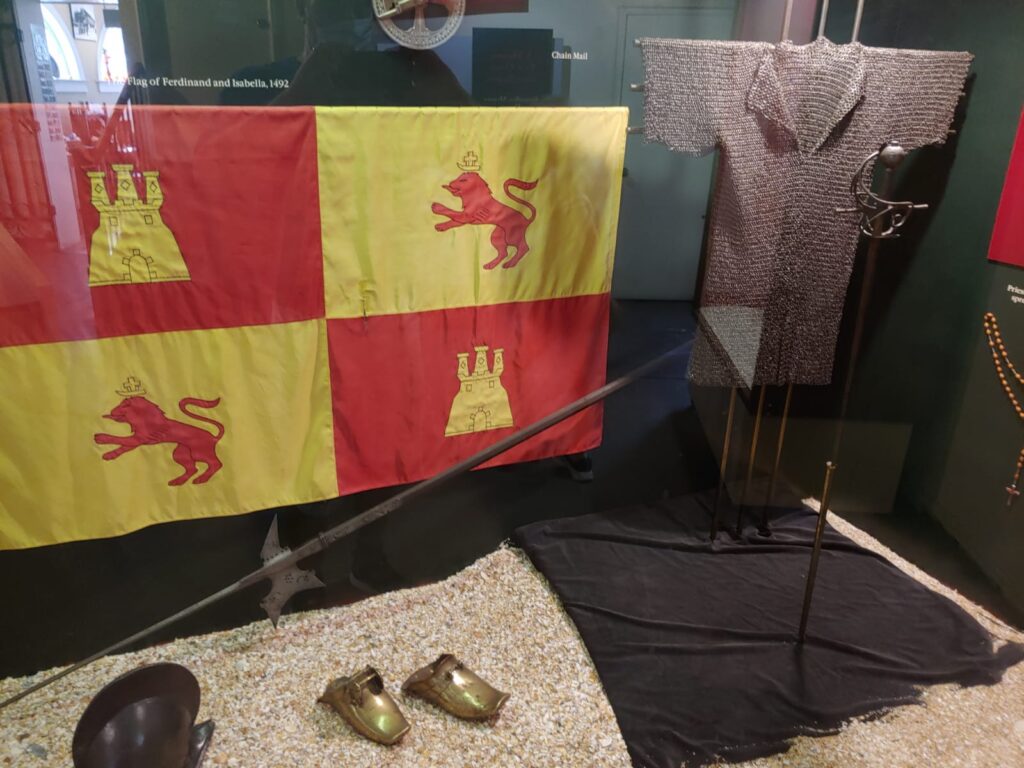
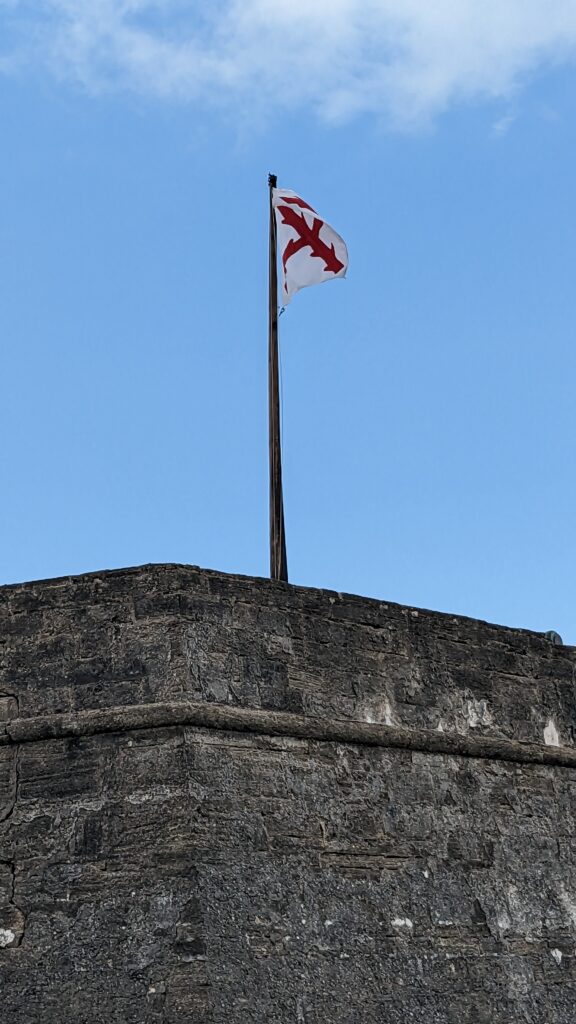
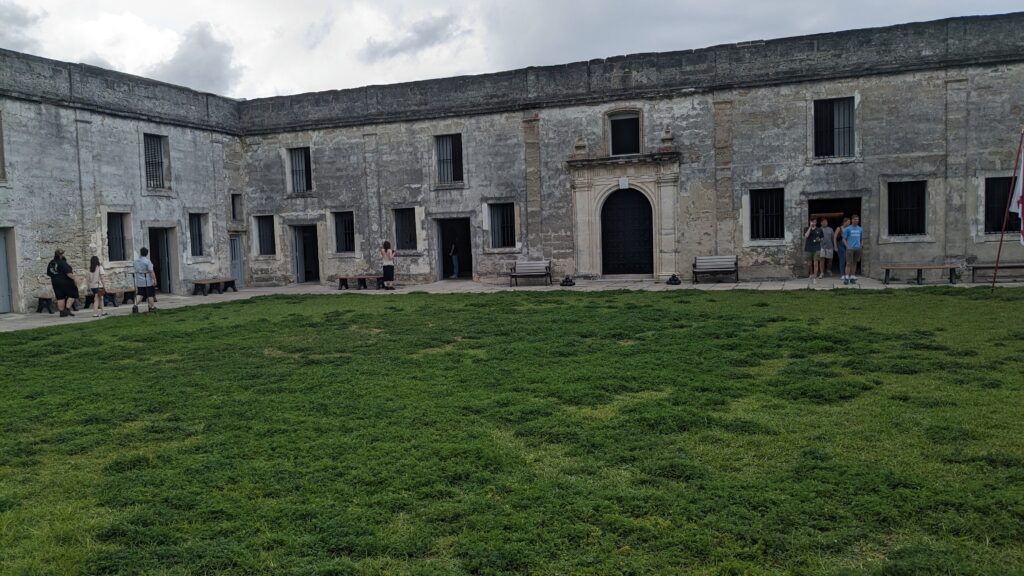
The Castillo de San Marcos, an iconic fortress that stands proudly on the shores of St. Augustine, Florida, is not just a historical relic but a testament to the enduring legacy of colonial power struggles in the New World. Its story begins in the late 17th century when, under Spanish rule, the city of St. Augustine was the crown jewel of Spanish Florida. Construction of the Castillo commenced in 1672, following a series of attacks by the British and pirates on the existing wooden fortifications. The primary purpose of the Castillo de San Marcos was to defend St. Augustine, the oldest city in the United States, from the threat of invasion. It was designed not only to protect the city but also to serve as a symbol of Spanish dominance in the region. The fort’s architecture was a marvel of its time. Built from coquina, a unique and locally quarried shellstone, the Castillo was designed to withstand cannon fire and artillery attacks. Its distinctive appearance, with sturdy, angular walls and sentinel-like bastions, spoke to its formidable defensive capabilities. Coquina is a sedimentary rock that forms from compressed shell and coral fragments.
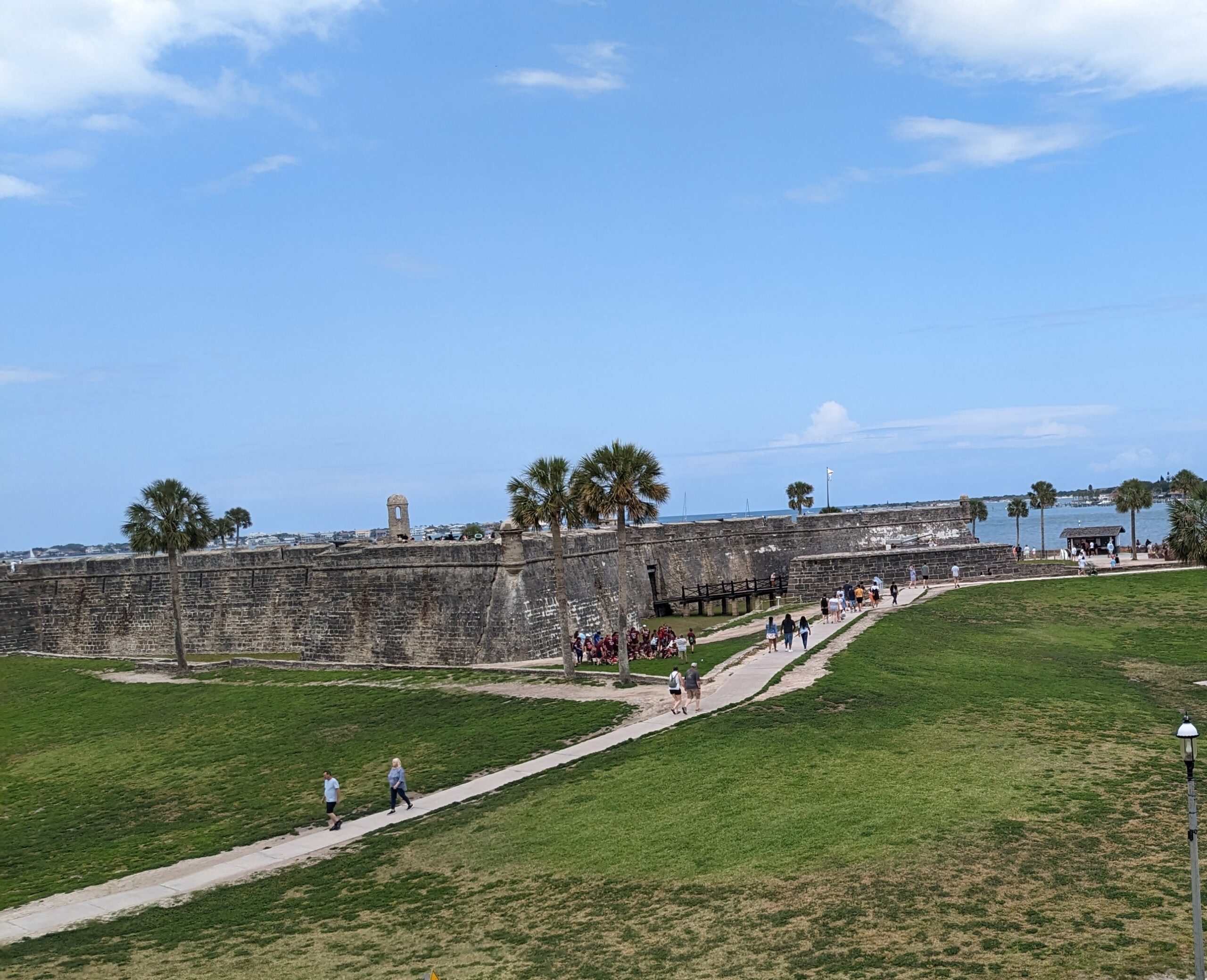
What makes coquina particularly unique and advantageous for fortifications is its remarkable resilience. It possesses several properties that made it an ideal choice for building a defensive structure like the Castillo – Porosity: Coquina is highly porous, which means it contains countless small pockets of air within its structure. This porosity allows the stone to absorb the impact of cannonballs and artillery shells. When a projectile struck the coquina walls, the energy would be dispersed through the stone’s porous structure, often causing the cannonballs to embed themselves within the rock rather than shattering the walls. Flexibility: Coquina is relatively soft when quarried, making it easier to cut and shape into the necessary blocks for construction. However, once exposed to the air, it hardens over time. This unique property allowed builders to shape it into the desired forms while still ensuring long-term durability. Self-Repairing: One of the most remarkable properties of coquina is its ability to “heal” over time. The porous structure allows rainwater to penetrate the stone, dissolve and wash away the calcium carbonate, and then redeposit it, essentially “healing” any damage caused by weathering or projectiles. This property made the fort virtually self-repairing. The Castillo’s coquina walls were built with these properties in mind. When cannonballs struck the walls, they often became lodged within the stone rather than causing extensive damage. This made the fortress exceptionally resilient to siege tactics of the time. The more cannonballs that embedded themselves in the walls, the stronger the fort became.
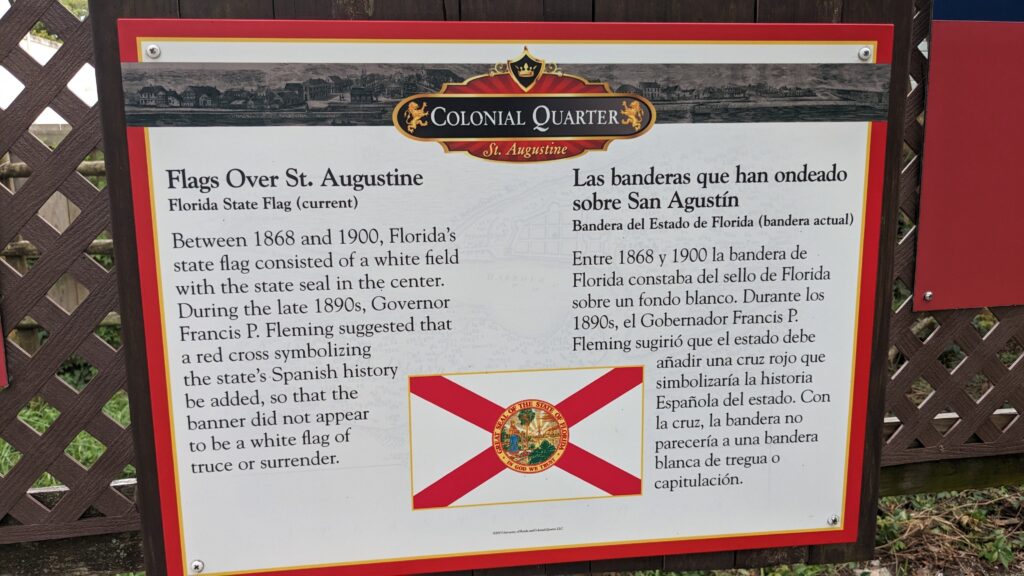
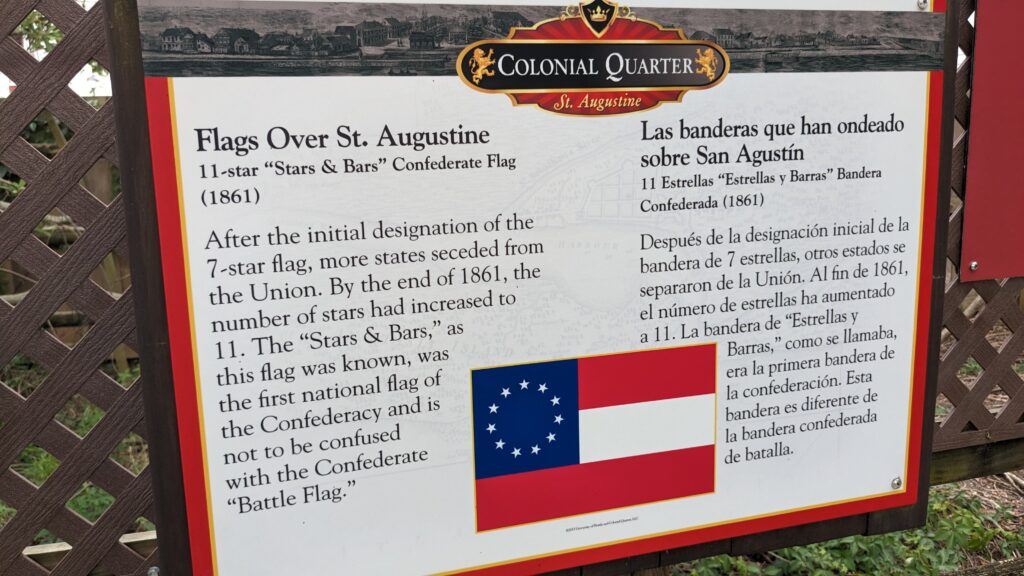
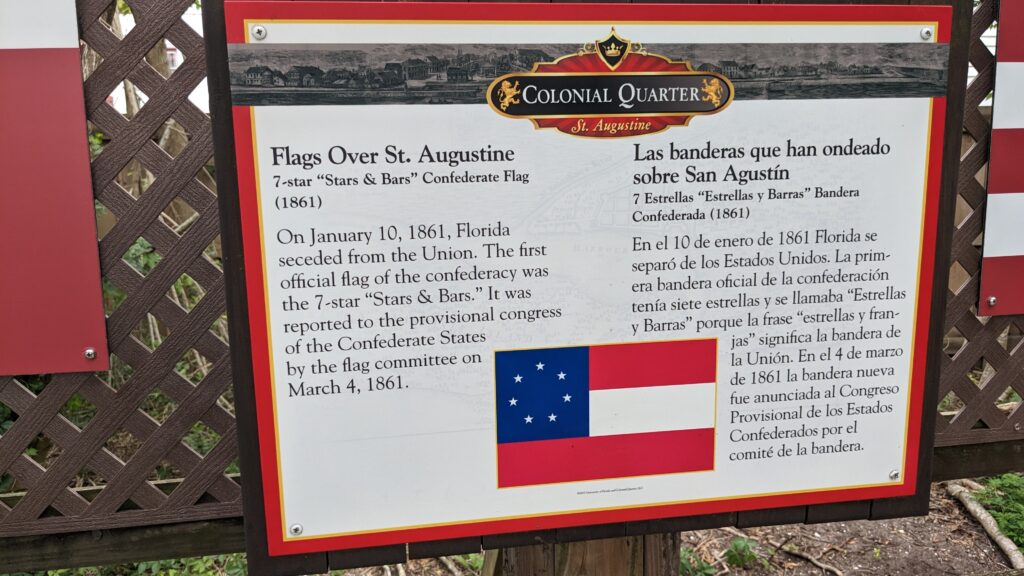
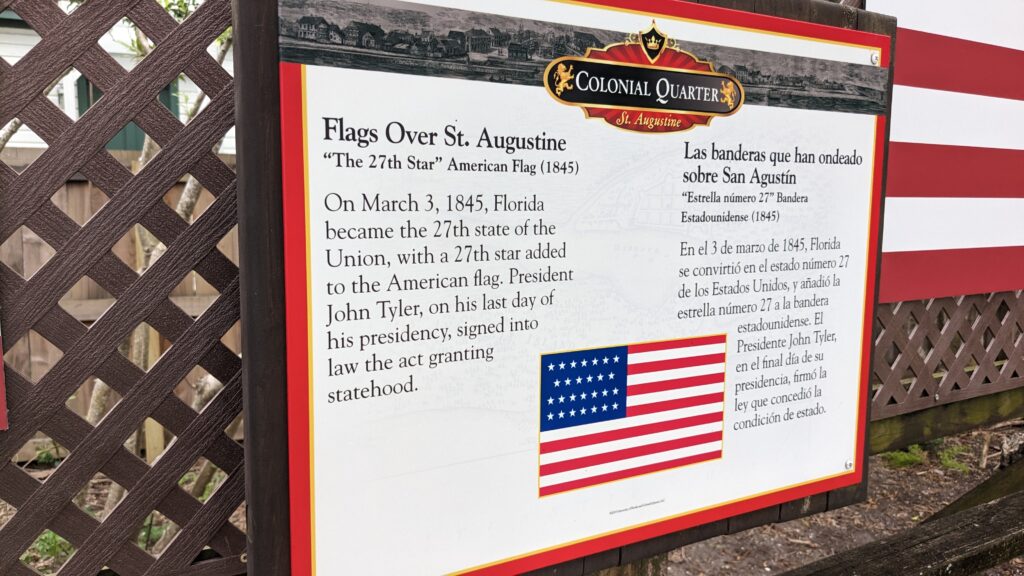
Over the centuries, the Castillo de San Marcos bore witness to numerous conflicts and power shifts. The most significant of these was the struggle between European colonial powers for control of Florida and the valuable trade routes it commanded. During the 18th century, the Castillo exchanged hands several times between the Spanish and British empires. In 1763, the Treaty of Paris ceded Florida to Britain, and the fortress became known as Fort St. Mark. However, Spain regained control of Florida in 1783 through the Treaty of Paris that ended the American Revolutionary War. The fort’s strategic location made it a prize worth fighting for during the American Revolution. In 1784, Lieutenant Colonel Alexander Moultrie, who would later become a general in the American Army, led a successful siege against the Spanish-controlled Castillo. However, the Treaty of Paris in 1783 had already restored Florida to Spanish rule. During the early 19th century, the Castillo de San Marcos faced its most harrowing test during the First Seminole War and the Second Seminole War. The fort served as a base of operations for U.S. forces attempting to quell Seminole resistance in Florida. As time passed, the Castillo’s strategic importance diminished. The Treaty of Adams-Onís in 1819 transferred Florida from Spain to the United States, and the fort transitioned to American control. It was subsequently used as a military prison during the Civil War and later as a U.S. Army post until decommissioning in 1900.
Today, the Castillo de San Marcos stands as a National Monument and a testament to the enduring spirit of exploration and colonial conflict in the Americas. Visitors can explore its well-preserved ramparts, view historic weaponry, and attend engaging reenactments that bring to life the struggles and triumphs of the past. It stands not only as a reminder of the turbulent history of Florida but also as a symbol of the enduring legacy of colonial powers in shaping the course of American history.
One of the most enduring legends associated with St. Augustine is the fabled Fountain of Youth. In the early 16th century, Ponce de León embarked on a daring voyage that would become legendary.
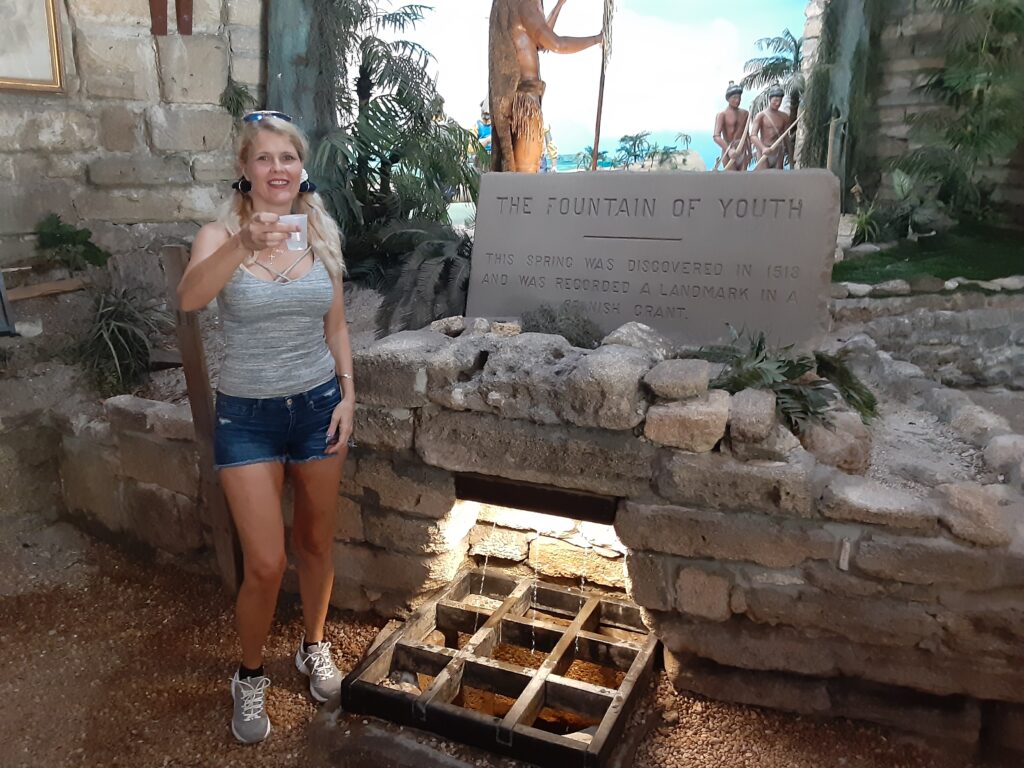
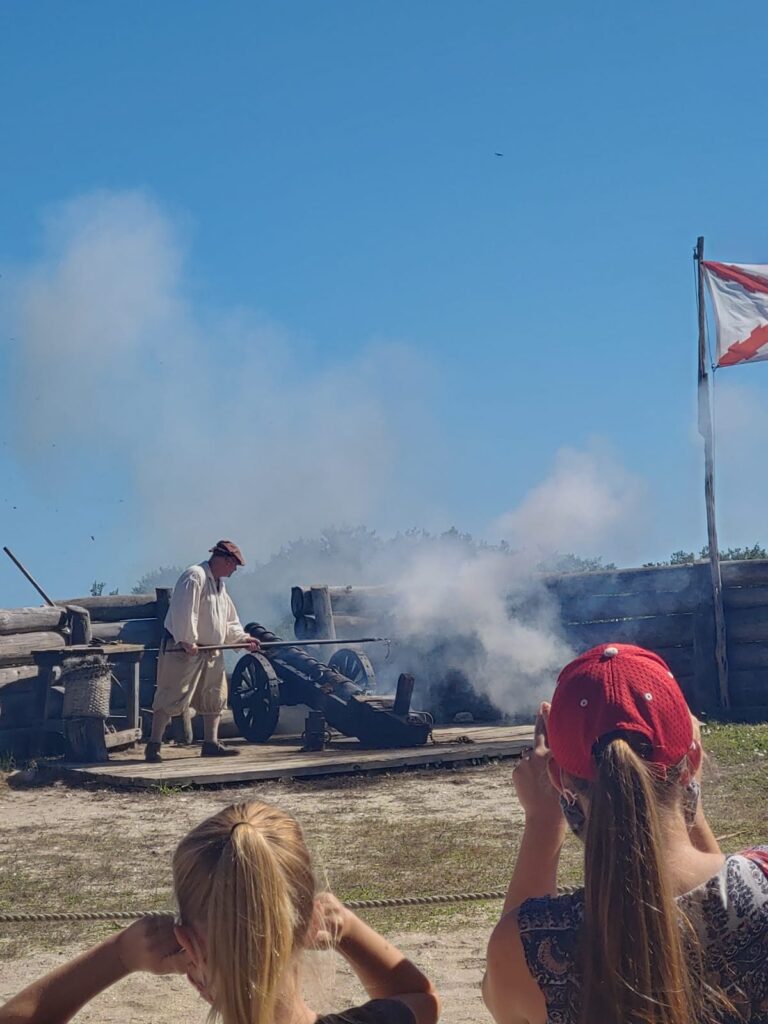
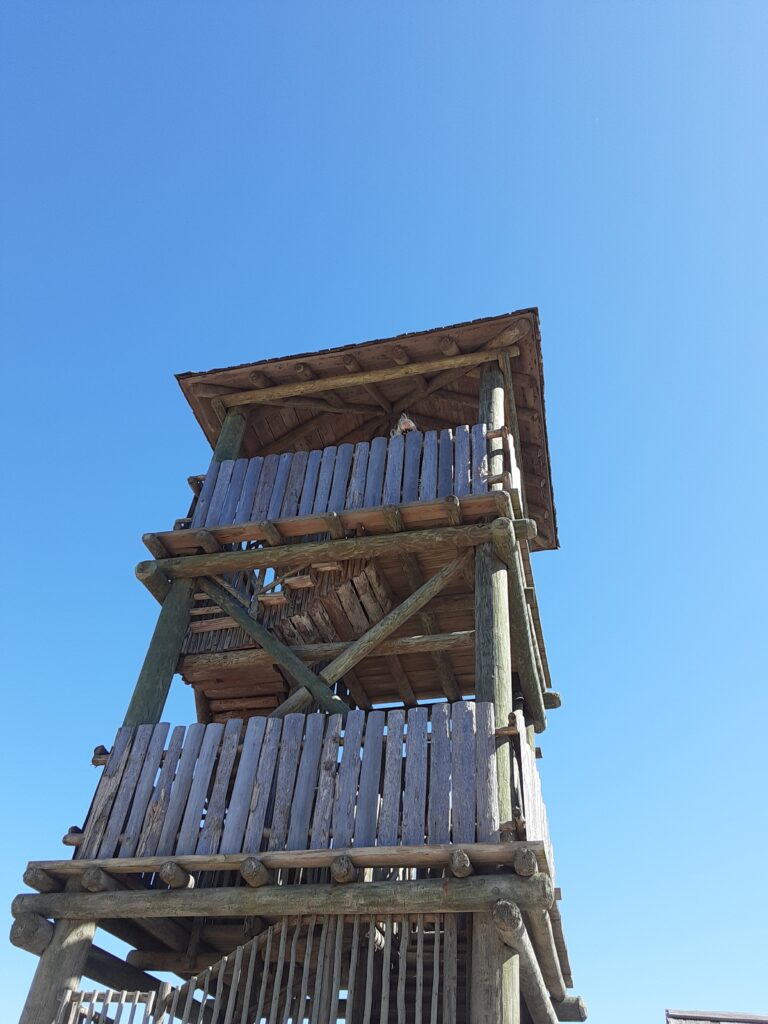
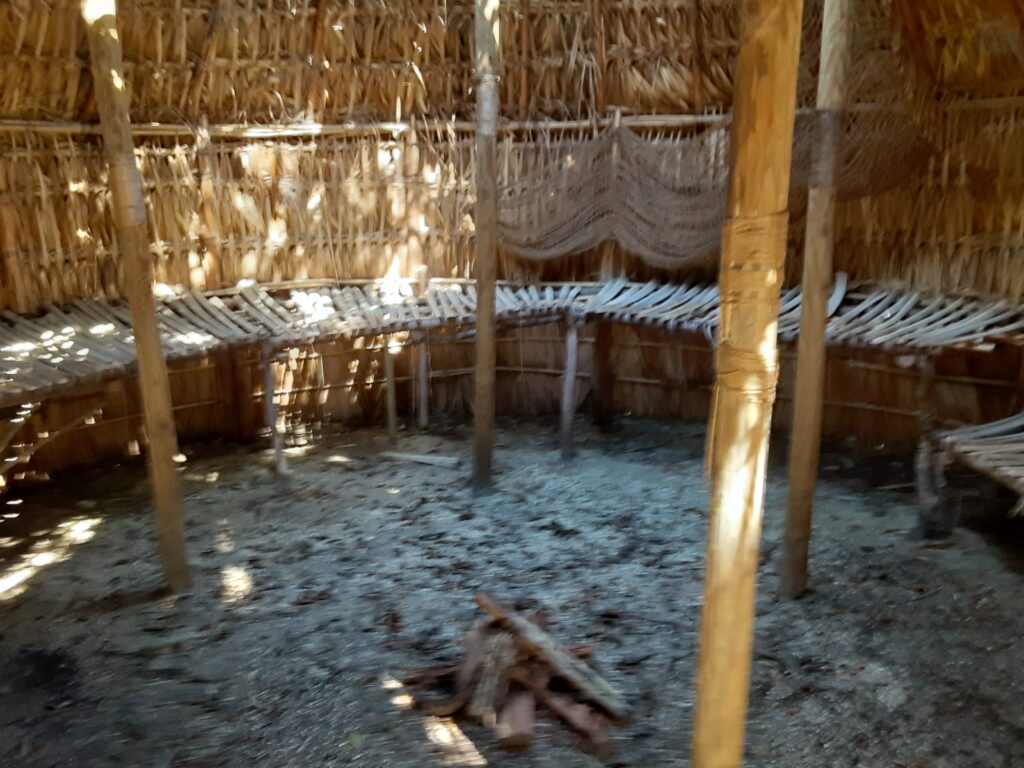
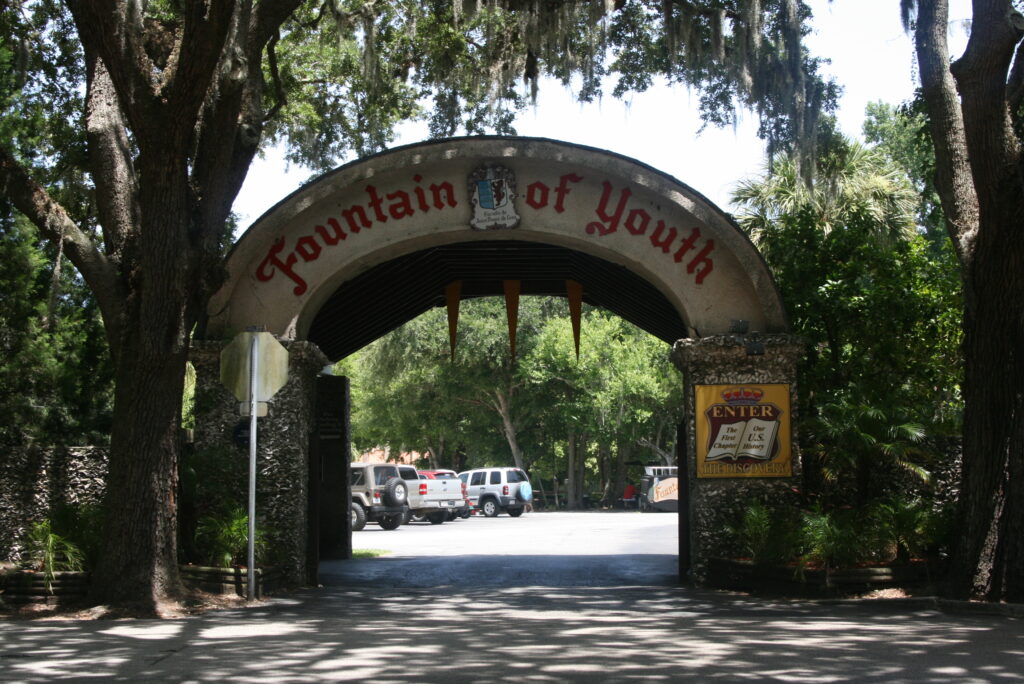
Motivated by tantalizing tales passed down through generations, he set sail across the uncharted waters of the Atlantic, guided by whispers of a mystical fountain hidden somewhere in the New World. This fabled Fountain of Youth was said to possess miraculous waters capable of bestowing eternal youth upon those who drank from it. Ponce de León’s arrival on the shores of what is now St. Augustine, Florida, in 1513 marked the beginning of a quest that would capture the imaginations of explorers, dreamers, and seekers of immortality for generations to come. Although his legendary journey did not lead him to the mythical fountain, his exploration laid the foundation for European influence in the region, forever intertwining his name with this historic coastal paradise. Fast forward to the present day, and the legend of the Fountain of Youth is alive and well at the Fountain of Youth Archaeological Park. Nestled within this captivating attraction are beautifully landscaped gardens that beckon visitors to step back in time and immerse themselves in a tapestry of history and myth. The centerpiece of the park is the artesian well, which is believed by many to be the legendary Fountain of Youth itself. Here, visitors can partake in a centuries-old tradition by sipping from the pristine waters, their taste of history connecting them to the explorers of yesteryear.
While the well’s waters may not possess the mystical properties once believed, the experience is a poignant reminder of the enduring allure of the human quest for eternal youth and the timeless fascination with the unknown.
But the Fountain of Youth Archaeological Park is not merely a testament to the legend; it’s a portal to St. Augustine’s rich history. As visitors explore the meticulously curated exhibits and artifacts, they can uncover the layers of the past that define this remarkable city. The park offers a glimpse into the lives of the indigenous Timucua people, who once inhabited the area, as well as the Spanish colonists who followed in Ponce de León’s wake. They have re-enactments, live weapon and cannon firings, showcase blacksmithing and crafting. Ancient structures, reconstructed with meticulous care, provide a tangible link to the past. Strolling through the gardens, with their lush foliage and tranquil ambiance, one can almost hear the echoes of Ponce de León’s footsteps as he ventured into this new world. The Fountain of Youth Archaeological Park, where legend and history converge, invites visitors to step into the shoes of explorers and dreamers, and to savor the ever-elusive elixir of eternal youth: the timeless spirit of discovery and wonder that has drawn adventurers to St. Augustine for centuries.
St. Augustine, Florida, is home to both the oldest house and the oldest schoolhouse in the United States, adding to its rich historical tapestry.
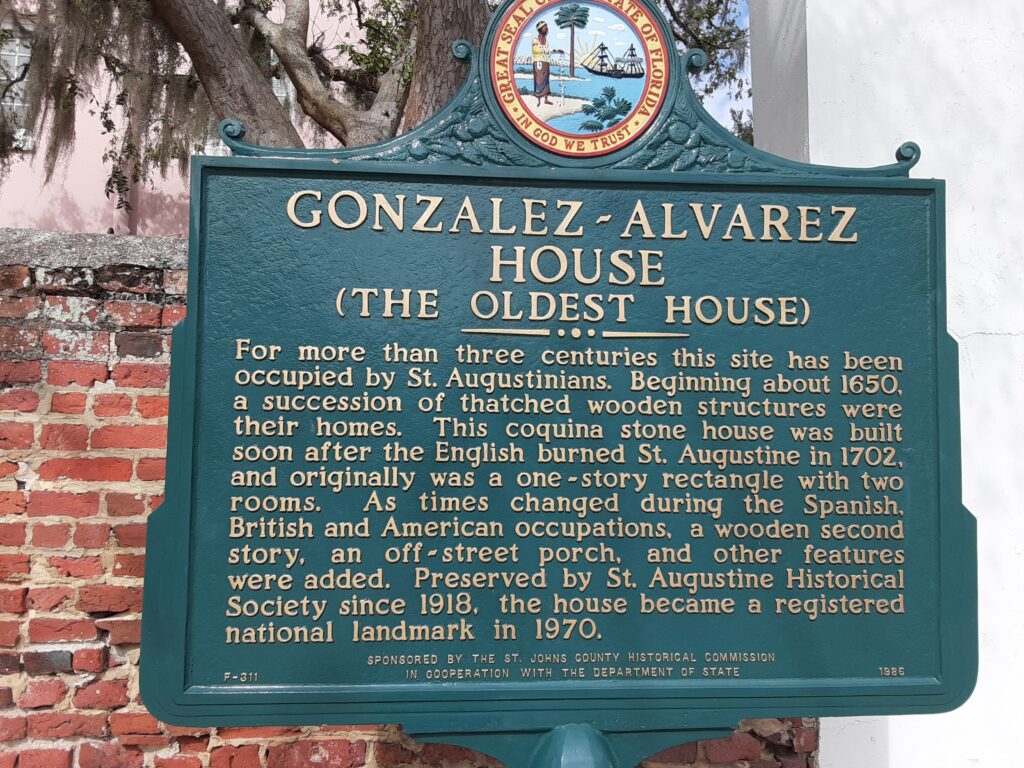
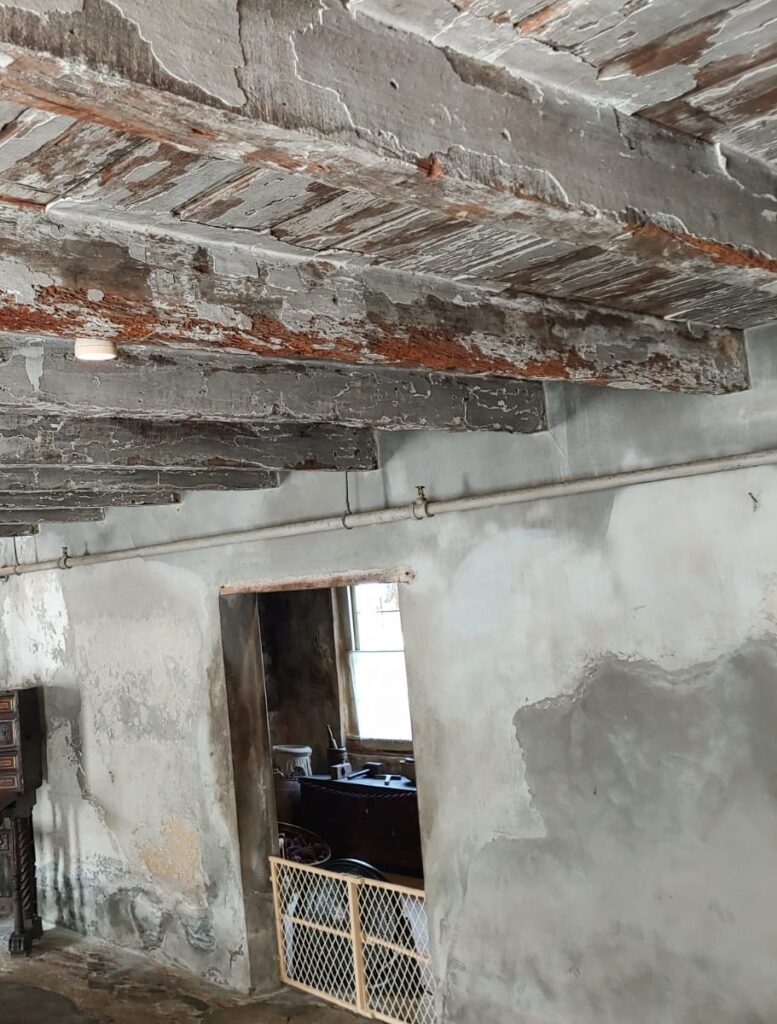
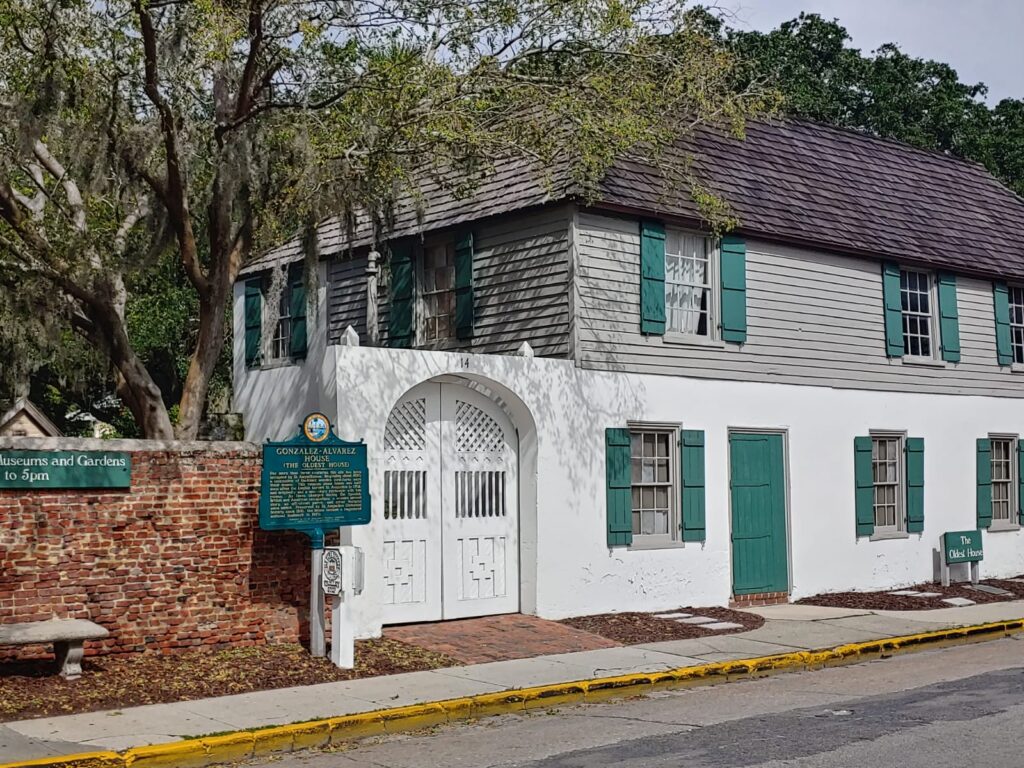
Oldest House (González-Alvarez House): The González-Alvarez House, also known simply as the Oldest House, is indeed the oldest surviving Spanish colonial dwelling in Florida and the United States. This historic house dates back to the early 1600s, making it a living relic of St. Augustine’s colonial past. It’s a testament to the city’s enduring history and the Spanish influence that shaped its architecture and culture. Visitors can explore this well-preserved historic home and learn about the lives of the people who lived there centuries ago.
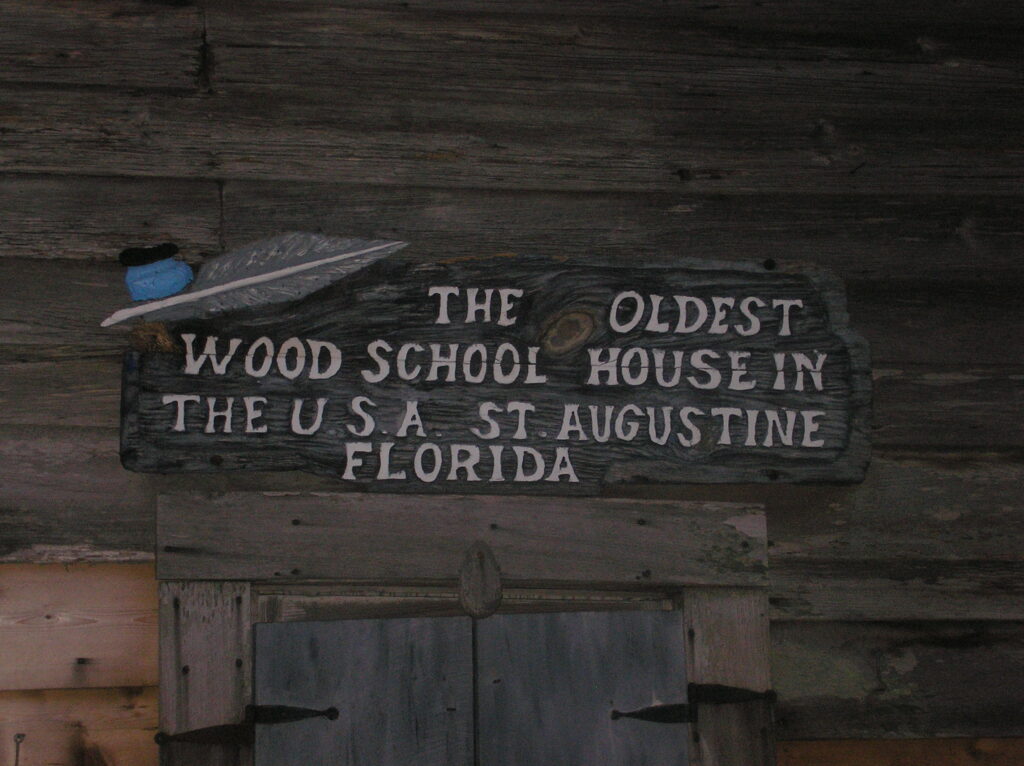
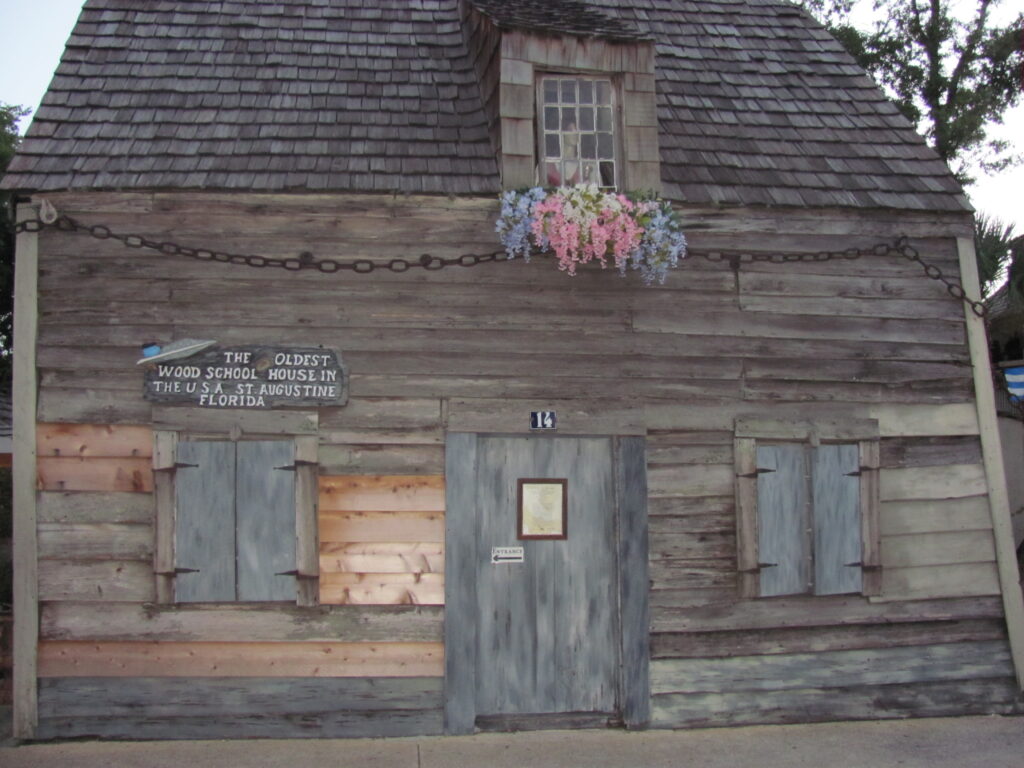
Oldest Schoolhouse: St. Augustine is also home to the Oldest Wooden Schoolhouse in the United States. Located in the historic district of the city, this charming schoolhouse dates back to the early 18th century. It served as a place of learning for generations of St. Augustine’s children and stands as a reminder of the city’s long history of education. Visitors can tour the schoolhouse, which features period-authentic furnishings and educational artifacts, offering a glimpse into the educational practices of centuries past.
Both the Oldest House and the Oldest Wooden Schoolhouse are popular attractions in St. Augustine, drawing visitors from around the world who are eager to explore and learn about the city’s rich history and heritage.
St. Augustine, with its centuries of history and historic ambiance, is often regarded as one of the most haunted cities in the United States. The city’s ghost stories are intertwined with its rich past, adding an extra layer of intrigue and mystique to its already captivating atmosphere. Here are a few of the most famous ghost stories associated with St. Augustine:
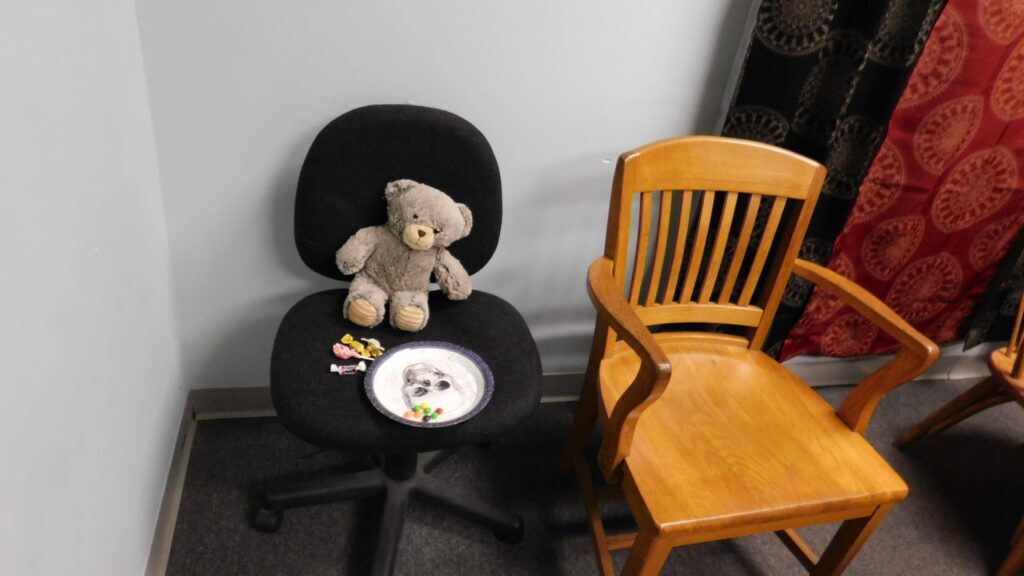

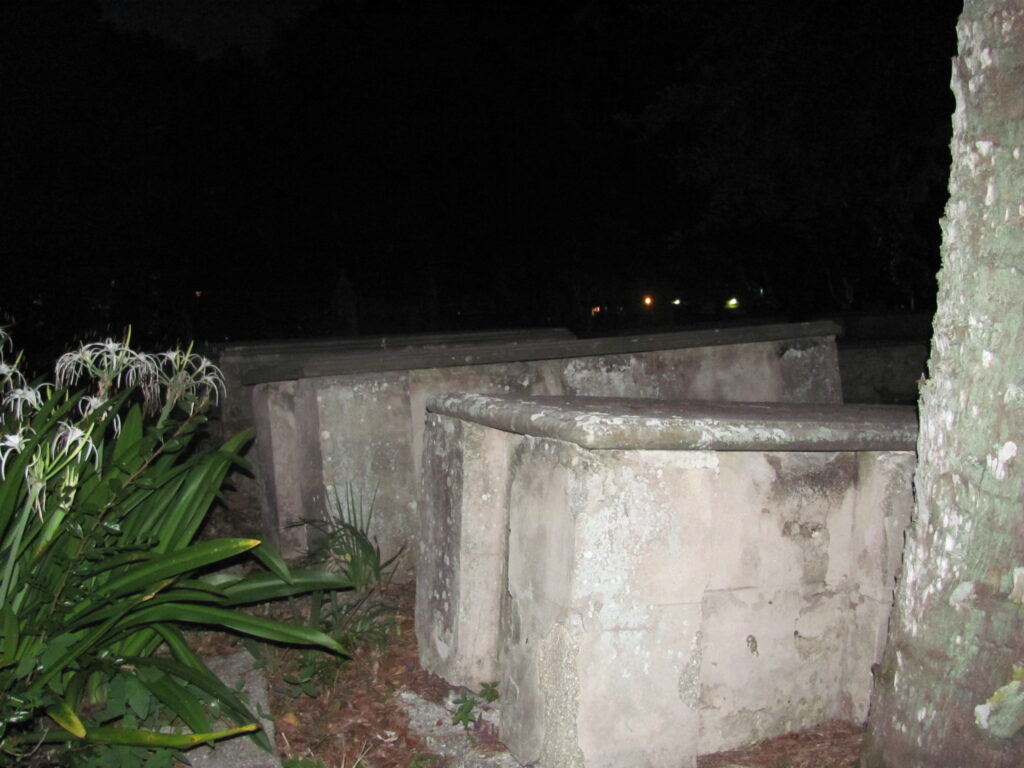
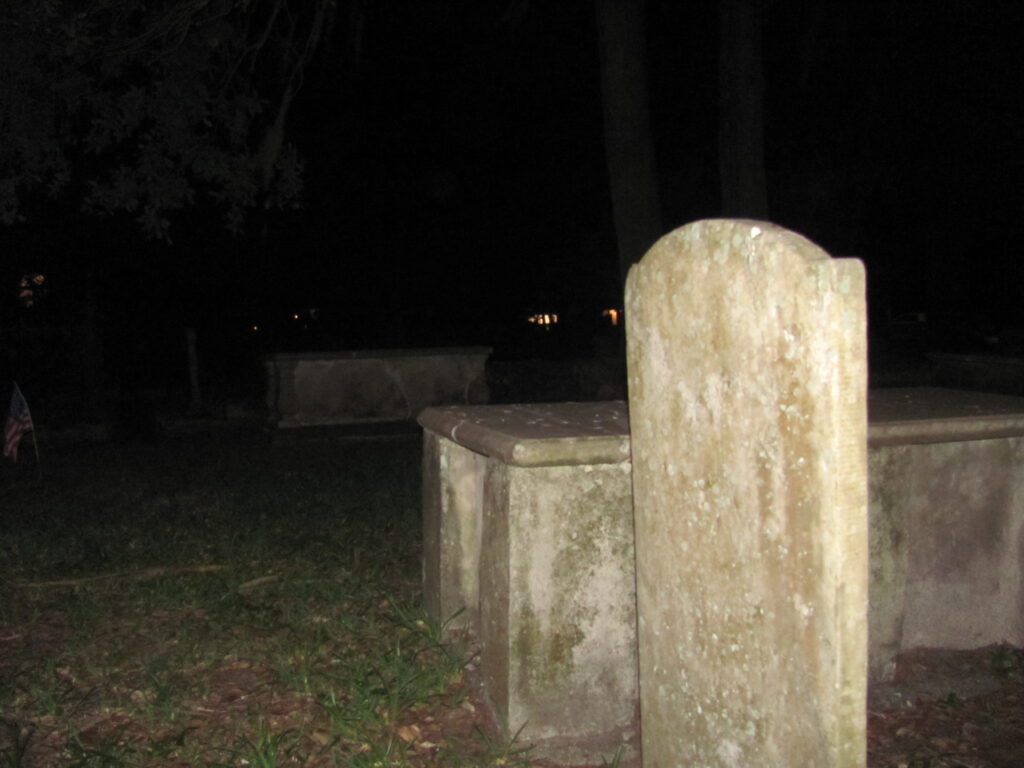
1. The Huguenot Cemetery: The Huguenot Cemetery, located near the Old City Gate, is said to be one of the most haunted spots in St. Augustine. It is the final resting place for some of the city’s earliest European settlers. Visitors have reported eerie encounters with restless spirits, including shadowy figures and strange sounds, in and around the cemetery. One famous legend tells of a ghostly girl in white who is sometimes seen swinging on the swings in a nearby playground.
2. The St. Augustine Lighthouse: The St. Augustine Lighthouse, with its iconic black-and-white spiral design, is said to be haunted by the spirits of former keepers and their families. Visitors and staff have reported hearing mysterious footsteps, disembodied voices, and seeing shadowy figures. The ghost of a young girl named Eliza, who died in an accident at the lighthouse, is believed to be one of the most active spirits in the area.
3. The Old Jail: The Old Jail in St. Augustine is a foreboding structure with a dark history. It housed prisoners in harsh conditions, and many believe that the suffering endured by inmates has left a paranormal imprint on the building. Tour guides share stories of eerie occurrences, including the sounds of rattling chains and ghostly apparitions in the cells.
4. The Casablanca Inn: This historic inn, situated on the picturesque Matanzas Bay, is rumored to be haunted by the ghost of a young woman named Hannah. Legend has it that she tragically fell to her death from a third-story window while trying to escape a fire. Guests and staff have reported encountering Hannah’s spirit, often in Room 3, where she is believed to be most active. She is said to be a friendly presence, sometimes tidying up the room or leaving behind a faint scent of lavender.
5. The Spanish Military Hospital: The Spanish Military Hospital Museum offers a unique glimpse into St. Augustine’s medical history. Visitors and staff have reported ghostly apparitions and mysterious footsteps in this historic building, which once served as a military hospital during the 18th century. Some claim to have seen the apparition of a nurse in an old-fashioned uniform.
St. Augustine is a must-see place for the discerning traveler, and its allure lies in its ability to transport you through time. As the oldest city in the United States, it boasts a history that stretches back over four centuries, and this rich tapestry is woven into every cobblestone street, every Spanish-style building, and every historic landmark. The city’s colonial heritage, with its elegant architecture and cobblestone streets, creates an enchanting atmosphere that feels like a journey back in time. Moreover, St. Augustine is a living testament to the confluence of diverse cultures. Its Spanish roots are deeply embedded in its architecture, cuisine, and traditions, offering a taste of Europe in the heart of Florida. Yet, the city’s history also includes indigenous peoples, African influences, and a long legacy of immigration, making it a true melting pot of cultures. Beyond its historical charm, St. Augustine holds a mystique that is unparalleled. It’s a place where ghost stories are as much a part of the narrative as the centuries-old forts and landmarks. The city’s reputation as one of the most haunted in the United States adds an extra layer of intrigue, inviting visitors to explore tales of restless spirits and unexplained phenomena. Nestled along the scenic Atlantic coast, St. Augustine’s natural beauty complements its historical and cultural riches. Pristine beaches, lush gardens, and the soothing sound of ocean waves provide a serene backdrop to your explorations. In essence, St. Augustine is a destination that offers a unique blend of history, culture, and natural beauty, making it an absolute must-see for those who seek an unforgettable journey through time and place.






